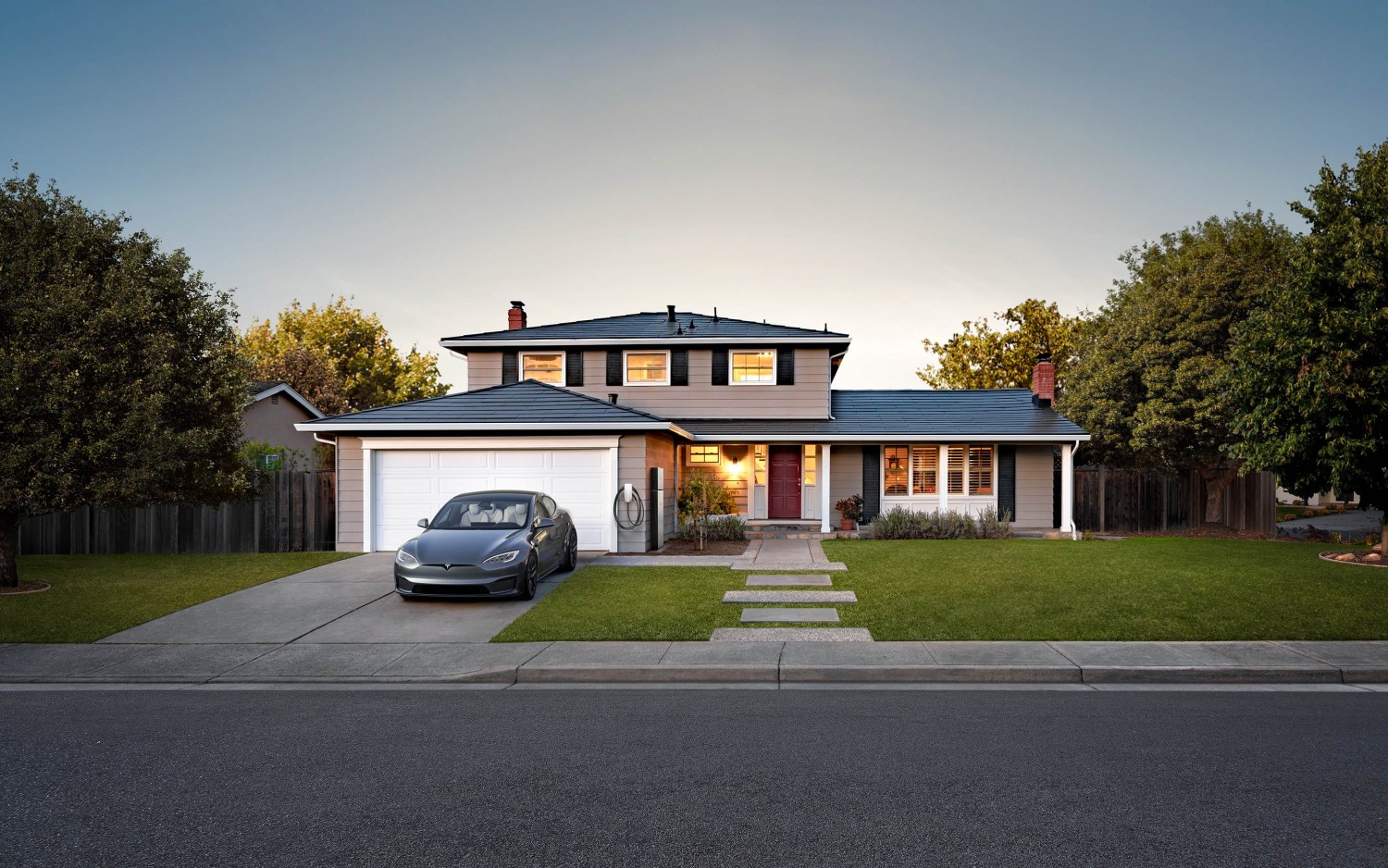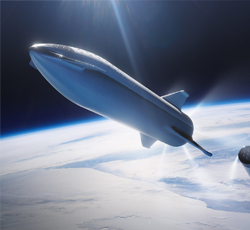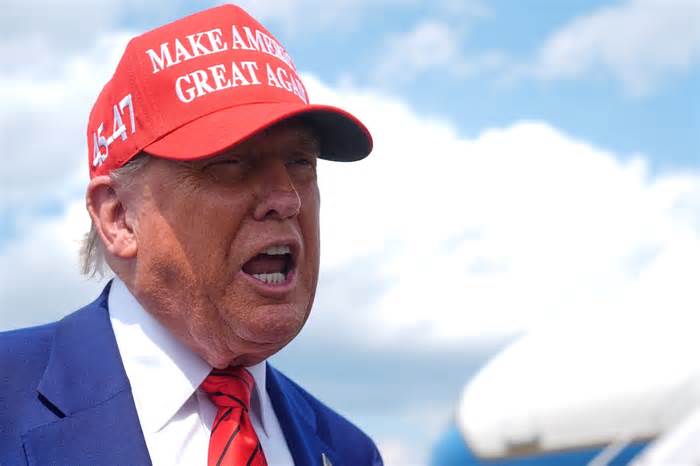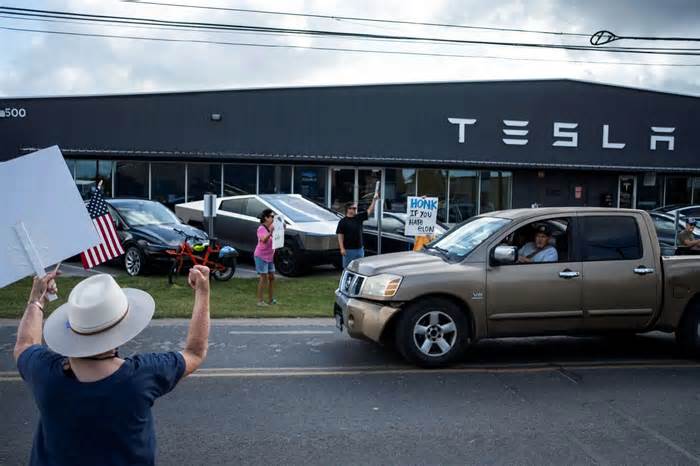
Life with Tesla Model S: musings on new Tesla Roadster
- by Green Car Reports
- Dec 01, 2017
- 0 Comments
- 0 Likes Flag 0 Of 5

CHECK OUT: Tesla Semi, new Roadster distract from Model 3 production problems
Thus it takes 64 times the power to overcome air resistance at 260 mph as it does at 65 mph.
When I’m cruising at 65 mph in my Model S, the power meter shows a consumption of about 20 kW. Assume that 5 kW of that is due to rolling resistance and driveline friction, leaving 15 kW required to overcome aero drag at 65 mph.
Again assuming the Roadster has 20 percent less aero drag than the Model S, we arrive at 12 kW of power required to overcome the Roadster’s aero drag at 65 mph.
Multiply by 64: it thus takes about 768 kW to overcome the Roadster’s guesstimated aero drag at 260 mph. That’s about 1030 hp.
2020 Tesla Roadster
Add 20 percent for rolling resistance and driveline friction, and we arrive at about 1200 hp required for the Roadster to hit 260 mph.
That’s way more than the 750-ish hp that the Model S 100-kWh battery is said to deliver in the P100D.
My guess is that the Roadster was fitted with a 200-kWh battery not to achieve its 620-mph range—nor even the 1.9 second acceleration, which is probably limited by tire coefficient of friction (i.e., traction), not available power.
Here’s my speculation: the Roadster needs the huge 200-kWh battery to supply the power for its off-the-charts top speed—and to maintain that speed for a reasonable length of time without overheating.
Who needs it?
But really, now. What is the point of owning a car with a top speed of 260 mph, other than simple bragging rights?
There is no point. In the U.S., at least, even the Model S’s top speed of 155 mph is entirely useless.
How many Bugatti Veyron owners have actually driven their car at its 250-mph top speed? A number very close to zero, I would imagine.
Bugatti Legend ‘Black Bess’ Veyron Grand Sport Vitesse
For them, the whole point of paying $1 million for a Veyron (or $2.7 million for its 261-mph successor, the Chiron) is the prestige of owning a car that can go that fast, and the smug knowledge that no production car is faster. Owning a car like that is all about status and ego. The point is to possess it, not drive it.
The new Roadster will certainly attract a few of this kind of hyper-rich buyer. But for many of them, the new Roadster will have a serious drawback: it’s price is too low. When you buy a car for ego and status, the higher the price, the more status is conferred.
Heck, a moderately successful orthodontist could probably come up with the $200,000 to buy a new Roadster. (Did you notice the throngs of Roadster buyers lining up at the credit-card machines at the reveal event? So gauche.)
If I were Tesla’s marketing chief, I would have priced the Roadster at about $500,000. Still way less than any other hypercar, but pricey enough to scare off the riffraff.
And then, for the riffraff: a Roadster to actually drive: a Lite version with a 100-kWh battery, more efficient tires suitable for everyday driving, a 400-mile range, and a zero-to-60 time of 2.0 seconds.
A half-ton lighter with its smaller battery, Roadster Lite would certainly handle more nimbly. And the lighter weight might even allow it to break the 2-second zero-to-sixty barrier, given the right tires. But for marketing reasons, I’d limit acceleration to 2 seconds and reserve sub-2 territory for the big dogs paying the $500,000 tab for the full-on version.
Top speed of Roadster Lite? To keep it faster than the Model S P100D, let’s say 180 mph, which demands only one-third of the power required for 260 mph. With the lower top speed, Tesla might even be able to get away with direct-drive motors. (I’d bet a lot of money that the 260-mph version has a two-speed transmission for the top end.)
Price: again, a notch above the P100D, say $175,000.
I can already here the cash registers ka-chinging.
Please first to comment
Related Post
Stay Connected
Tweets by elonmuskTo get the latest tweets please make sure you are logged in on X on this browser.






 Energy
Energy


















